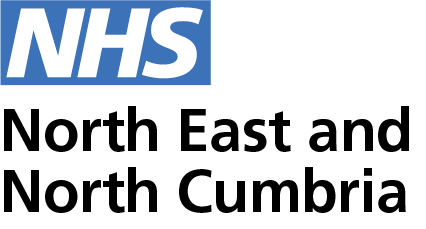Blog: Digital pathology
Ruth James is the ICS Diagnostic Programme Director and Daniela Connorton is the digital implementation manager for the regional digital cellular pathology programme. In this blog they talk about the vision for the programme, where it currently is and how its moving forward.
What is the challenge you are looking to address?
Cellular pathology is the study of disease in organs, tissues and cells.
Histopathology and cytopathology are key diagnostic tests in the initial detection and diagnosis of cancer and other diseases. Consultant cellular pathologists are able to provide information on prognosis and help to appropriately direct therapies in post diagnostic treatment. There are a number of challenges facing cellular pathology – there is a shortage of cellular pathologists and laboratory staff, the workload is increasing as the prevalence of cancer rises and the number of screening programmes increases, and laboratory investigations are becoming more sophisticated and complex.
There is a risk that waiting times for results will get longer. Traditionally consultant cellular pathologists make a diagnosis by looking at a section of tissue on a glass slide using a microscope, which means that if a second opinion is required or comparisons made with previous biopsies the slide needs to be transported, or historical slides retrieved from the archive.
If the consultant is involved in a cancer MDT meeting and a query arises about a biopsy they need to be physically at the microscope to be able to look at the sample.
What is the vision for the cellular pathology programme?
Our vision is to harness digital technology to speed up and enhance the workflow in the pathology laboratory. Digital pathology means using advanced digital scanners to capture digital images of tissue sections on slides, this means that consultants can view these images anywhere and easily share them with other colleagues, comparison with historical records is quick and easy and there is the potential to use artificial intelligence to automate routine and time consuming tasks.
Another vital patient benefit is around facilitating MDTs. Use of the digital slide, rather than a physical glass slide means that patient cases can be instantly available for analysis, discussion and diagnosis – particularly across different organisations.
Ultimately the vision is for the region to work as an integrated system with Trusts supporting each other’s work load, resulting in moving towards faster diagnosis and reporting.
How has the programme progressed?
It’s a long-term programme and until all Trusts are on the system – we won’t realise all the benefits but we are starting to see some with the small number of Trusts now utilising the technology.
We have made a great deal of progress due to significant investment received within the early stages from the Northern Cancer Alliance. All Trusts are now physically connected to a “regional hub” hosted by North Tees and Hartlepool NHS Foundation Trust. Northumbria Healthcare NHS Foundation Trust provides the back up for this to ensure system resilience. This hub is the vital infrastructure needed to enable clinicians to view images from other organisations.
The region has also worked together to procure a PACS (Picture Archiving and Communication System) and digital imaging service provided by Sectra.
Hammamatsu digital scanners have already been distributed across the region and more are planned to be delivered over the coming months.
Currently PACS is being successfully used in North Tees, who have recently successfully shared imaging with South Tees and are actively using this digital technology for breast diagnosis and MDT meetings. South Tees and Northumbria are also technically live with services expected to go clinically live in the coming weeks.
What’s next for the digital cellular pathology programme?
We are working with Newcastle Hospitals, Durham and Darlington, North Cumbria and Gateshead Trusts, with the expectation that they will all begin to test the PACS functionality in the coming months.
South Tees and Gateshead Trusts continue to work on clinical validation to compare the digital slides against the glass ones to ensure they are confident that the process is clinically safe. They are working on their clinical and administrative workflow change processes too so they can safely transition from manual to the new digital solution.
The region has also developed a partnership with the National Pathology Imaging Consortium (NPIC) – a collaboration of NHS, industry and academia to help us move towards using artificial intelligence (AI). NPIC has supported by providing additional investment for scanners and expertise in developing our services so we can move to using AI in the future.
Contact Daniela if you want to find out more about the programme.
